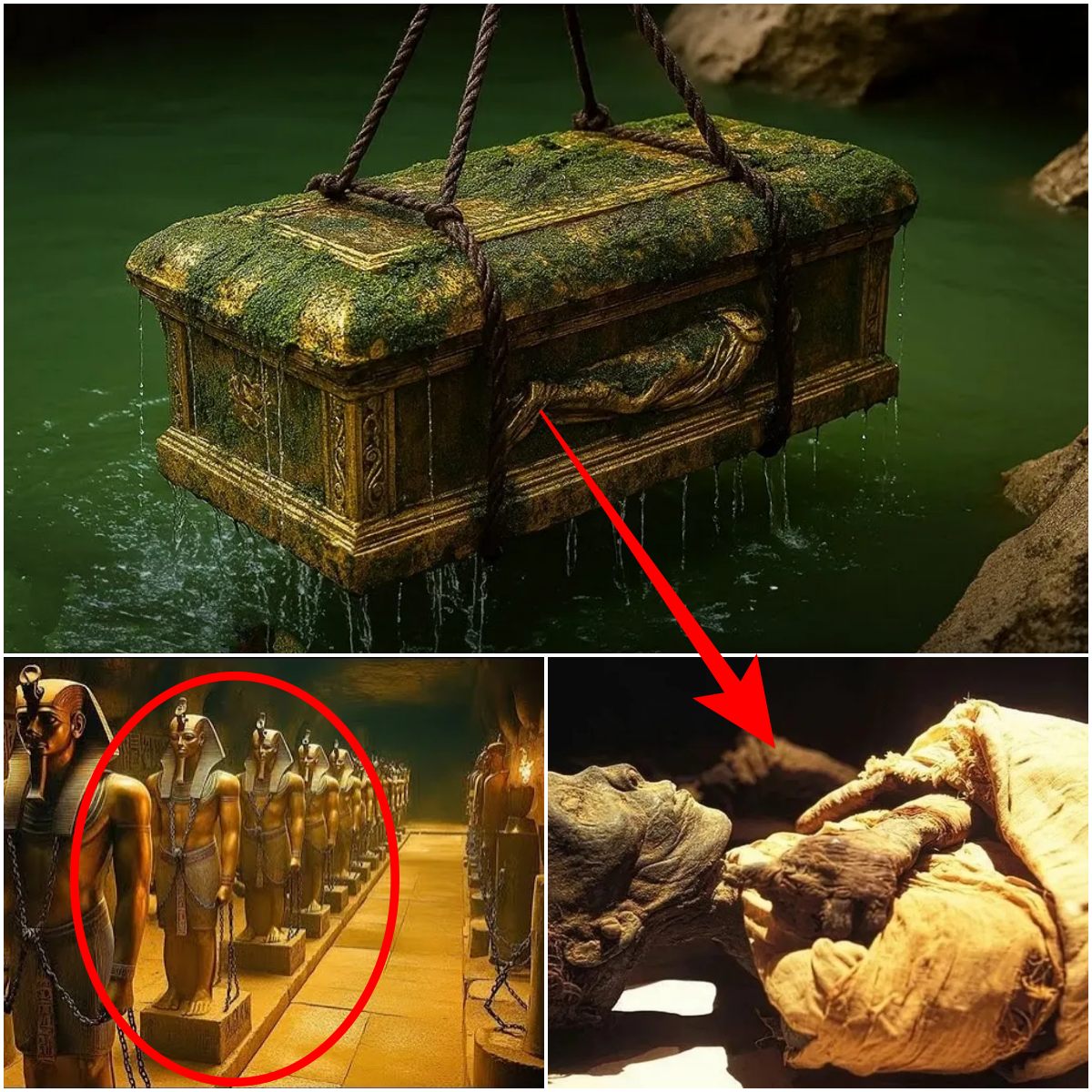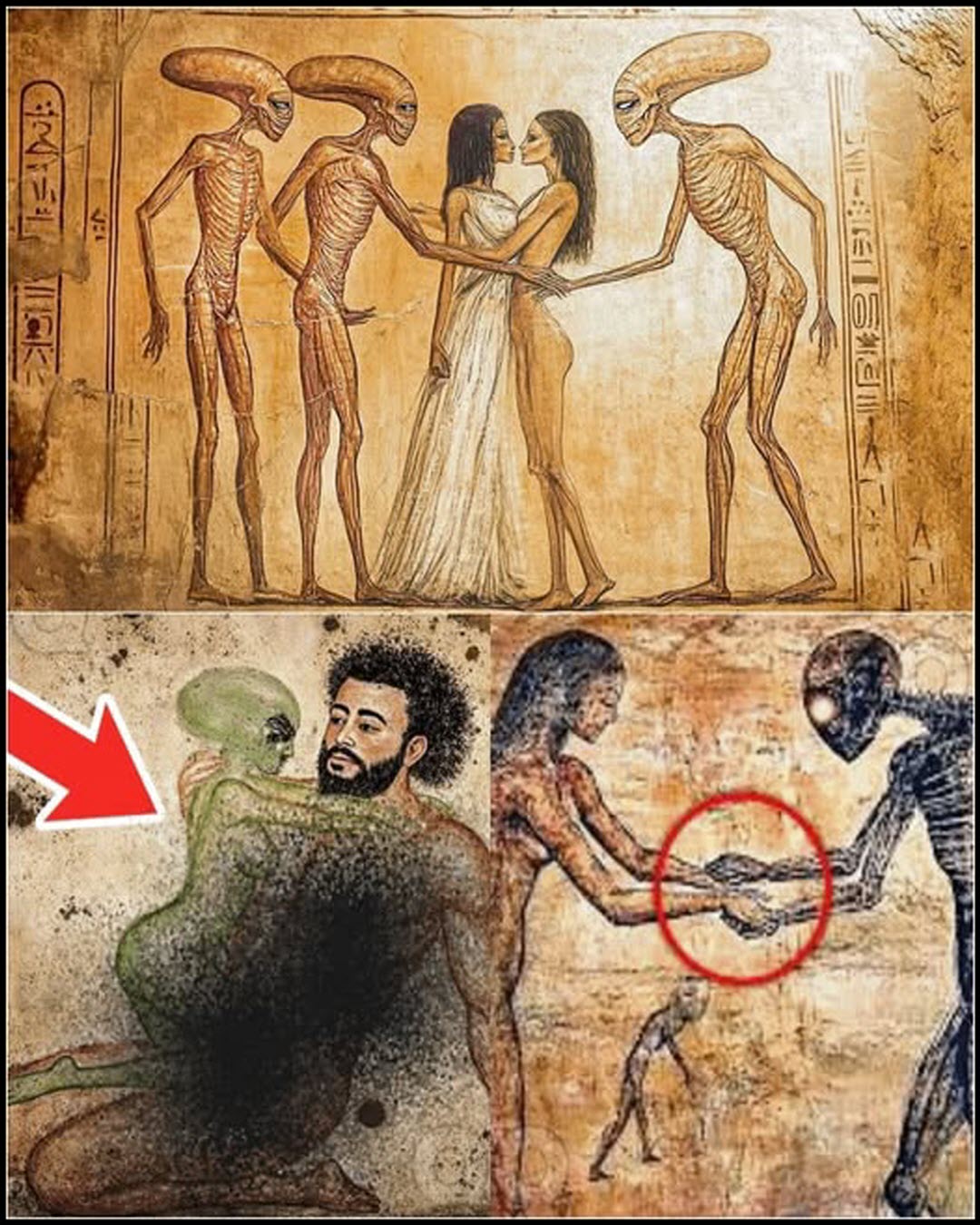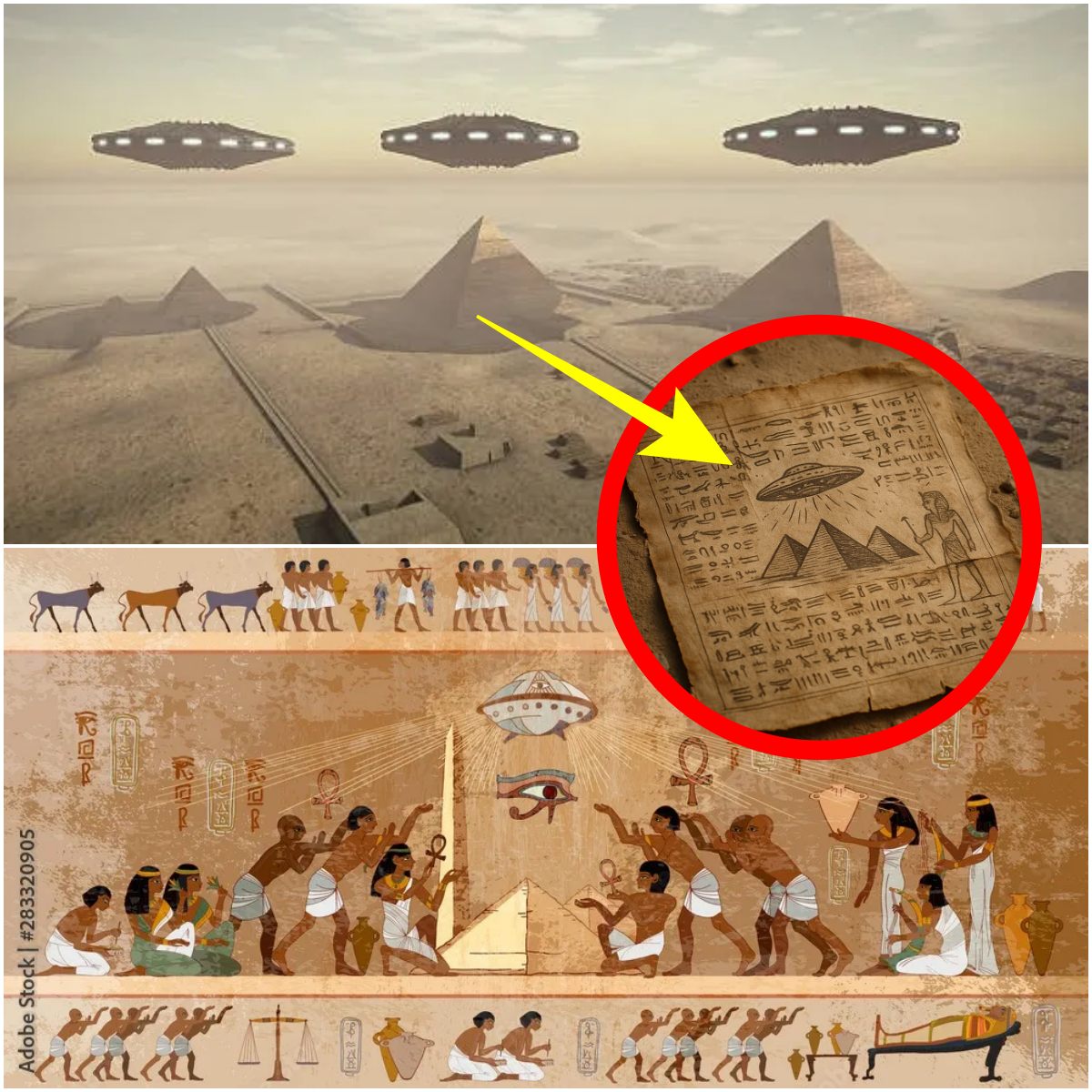Canopic Jars’ Role: Egypt’s Mummification Craft

These containers were used to store the internal organs of the deceased that were going to be mummified.
Before mummifying their pharaohs and deceased, the Egyptians removed the soft internal organs, which contained many fluids and could cause rapid putrefaction and decomposition of the body.
The vessels had lids or seals depicting the head of one of the minor funerary deities known as the Four Sons of Horus. It was the task of these deities to protect the internal organs of the deceased, as the ancient Egyptians firmly believed that the organs were necessary so that the deceased could be reborn in the Afterlife. For this purpose, the vital organs were carefully wrapped and placed individually in the canopic jars.
Canopic jars were made of materials such as limestone, calcite or alabaster. The caps evolved over time: initially they were smooth, then shaped like human heads, and later they represented the heads of jackals, baboons and falcons. They were usually grouped in sets of four and placed next to the sarcophagi, supposedly protected by the Sons of Horus.
Each deity fulfilled a specific function:
- Hapy (baboon head): It protected the lungs.
- Imsety (human head): He guarded the liver.
- Duamutef (jackal head): It protected the stomach and upper intestines.
- Qebehsenuef (falcon head): It guarded the lower intestines.
Canopic jars from the Old Kingdom (approximately 2686-2181 BC) were almost never inscribed and had simple lids. In the Middle Kingdom (approximately 2025-1700 BC), vessels were frequently inscribed and lids were often shaped like a human head. In the 19th Dynasty and later periods, the tapas took different forms: falcon, human, jackal and baboon, representing the Four Sons of Horus.






